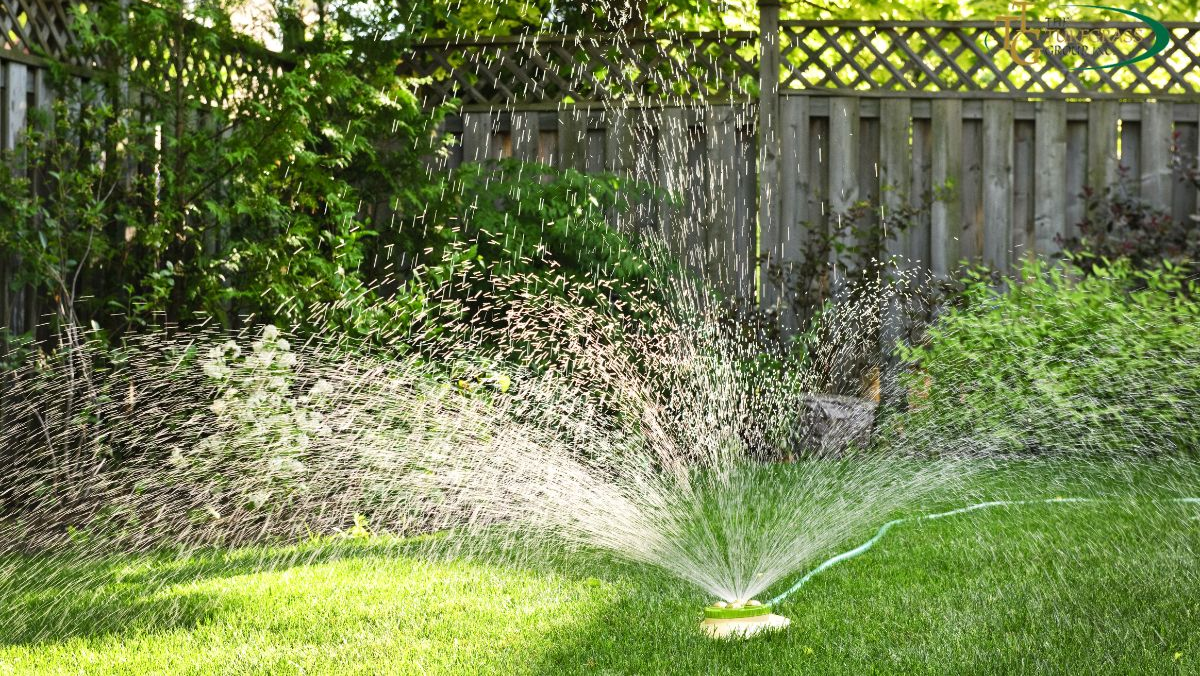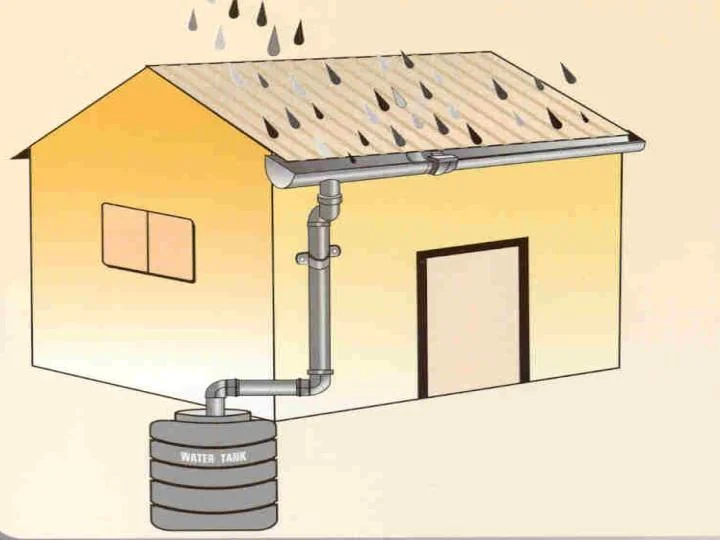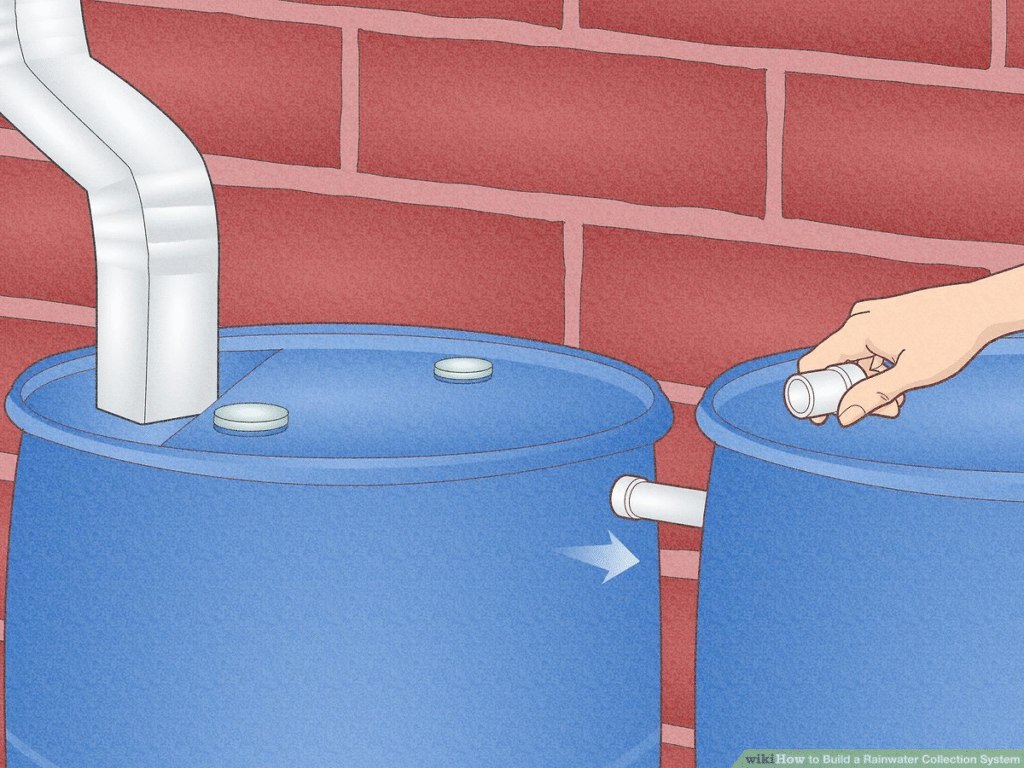
Water is one of the most important natural resources on Earth, yet many parts of the world face water shortages every year. With changing climate patterns and growing urban populations, managing water efficiently has become more important than ever. One smart and sustainable way to deal with this challenge is by reusing rainwater.
Rainwater harvesting is an old idea that is making a strong comeback. It helps save money, reduce dependence on main water supplies, and protect the environment. This article will guide you through the benefits of reusing rainwater, and how you can start doing it easily at home or in your community.

Rainwater is fresh, clean (before it touches the ground), and free. When it rains, most of the water runs off into drains, rivers, or gets wasted. By collecting and storing this rainwater, you can use it for many purposes and cut down your monthly water bills.
Here are a few key benefits:
You don’t need a fancy setup to start collecting rainwater. With some basic tools and knowledge, anyone can begin.
1. Rooftop Rainwater Harvesting
This is the most common and easy method. Rain falls on your roof and flows into your gutter system. From there, it can be directed through pipes to a storage tank or underground reservoir. Here’s how:
2. Rain Barrels
Rain barrels are large containers placed under roof downspouts. These can collect and store rainwater for later use. They are cheaper and quicker to set up than underground systems.
3. Recharge Pits or Soakaways
If you want to reuse rainwater to improve groundwater levels instead of storing it, recharge pits are the way to go.
You might wonder if rainwater can be used for drinking. Technically, yes but only if it’s filtered and purified properly. In general, people use rainwater for:
If you want to use rainwater for drinking or cooking, invest in a multi-layer filtration system, including UV treatment or reverse osmosis.
To make the most of your rainwater system, keep it clean and in good condition:
Some countries and cities have rules about collecting and reusing rainwater. While most places encourage it, you may need to:
Check with your local municipal office or environmental board to know the laws in your area.

If you live in a society or run a school, rainwater harvesting can be done on a large scale.
These group efforts can save thousands of litres of water every year.
Reusing rainwater is one of the easiest ways to go green at home. It requires low investment, is easy to maintain, and brings long-term benefits. With growing water crises in many areas, this simple habit can make a big difference.
Whether you use a small barrel or a full rooftop system, every drop saved counts. Start small, get your family involved, and encourage your neighbors too. In the future, water will be more valuable than gold—and it starts with one bucket of rain at a time.
Read More:- Deyaar’s Latest Announcement Shakes Up the UAE Property Market
